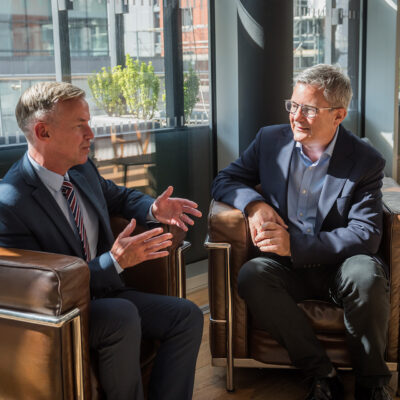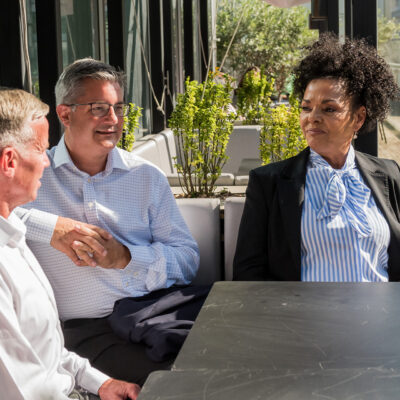Decision Making is Key

One of the most common blind spots I find when coaching C-Suite leaders relates to figuring out how to add value through effective decision making. Fundamentally, the decisions you make and the way you make them is one of the key roles you play to enable the organisation to move, and move in the right direction.
The most common manifestation of this blind spot is either procrastination (putting decisions off in the quest for more and more data) or wanting to be involved in too many decisions, where the organisation becomes paralysed waiting for the boss to decide.
In these situations, one of the most effective habits to adopt is that of ‘Type 1 and Type 2 Decisions’, as described by Jeff Bezos from Amazon.
Working with a coach to reflect on decision making and to design and practice new habits can quickly and dramatically improve decision making and have a significant impact on business performance.
In simple terms, a Type 1 Decision, once made changes the course of your history and cannot be undone without lasting reputational or structural damage. It is like a one-way door without a window. It is hard to predict what will happen on the other side of the door and you cannot go back when you have crossed the threshold. Type 2 Decisions can be thought of as a two-way door with a window. You can look through the window to see what is happening on the other side, and if it turns out to be a bad decision you can go back if the experiment fails. In other words, this is a decision that can be reversed without permanent or existential harm being done to your business or your team.
In practice, CEOs face very few genuine Type 1 Decisions. When they do, often due diligence and proper reflection is the right approach, carefully working through options and potential outcomes with key advisors and stakeholders. These are the key decisions and through adopting the approach of ‘do only what only you can do’, they are the direction setting decisions that are the responsibility of the most senior leaders.
Most decisions belong to Type 2 and should be seen in this way – they are opportunities to experiment and if the experiment does not work out this is not to be seen as a failure. They should be made in good time, often using judgement to weigh up risk, and in almost all cases are better delegated.
Decision making is a critical habit for all senior leaders and can be one of the key differences between successful C-Suite leaders and others. Like many leadership practices, decision making can be broken down into a series of discreet habits, each with their own habit loop (cue, routine, reward).
Operating Type 1 and Type 2 Decision Making can be difficult, not only establishing the cue to think about making the distinction, but also resisting the urge to carry out long held routines of either procrastination about Type 1 Decisions, or unnecessary involvement or oversight for those in Type 2.
Working with a coach to reflect on decision making and to design and practice new habits can quickly and dramatically improve decision making and have a significant impact on business performance.
If you are looking for support with developing your decision-making habits, I would be happy to discuss this further. Check out my website at alexlewiscoaching.com or contact me on +44 7793425755.










